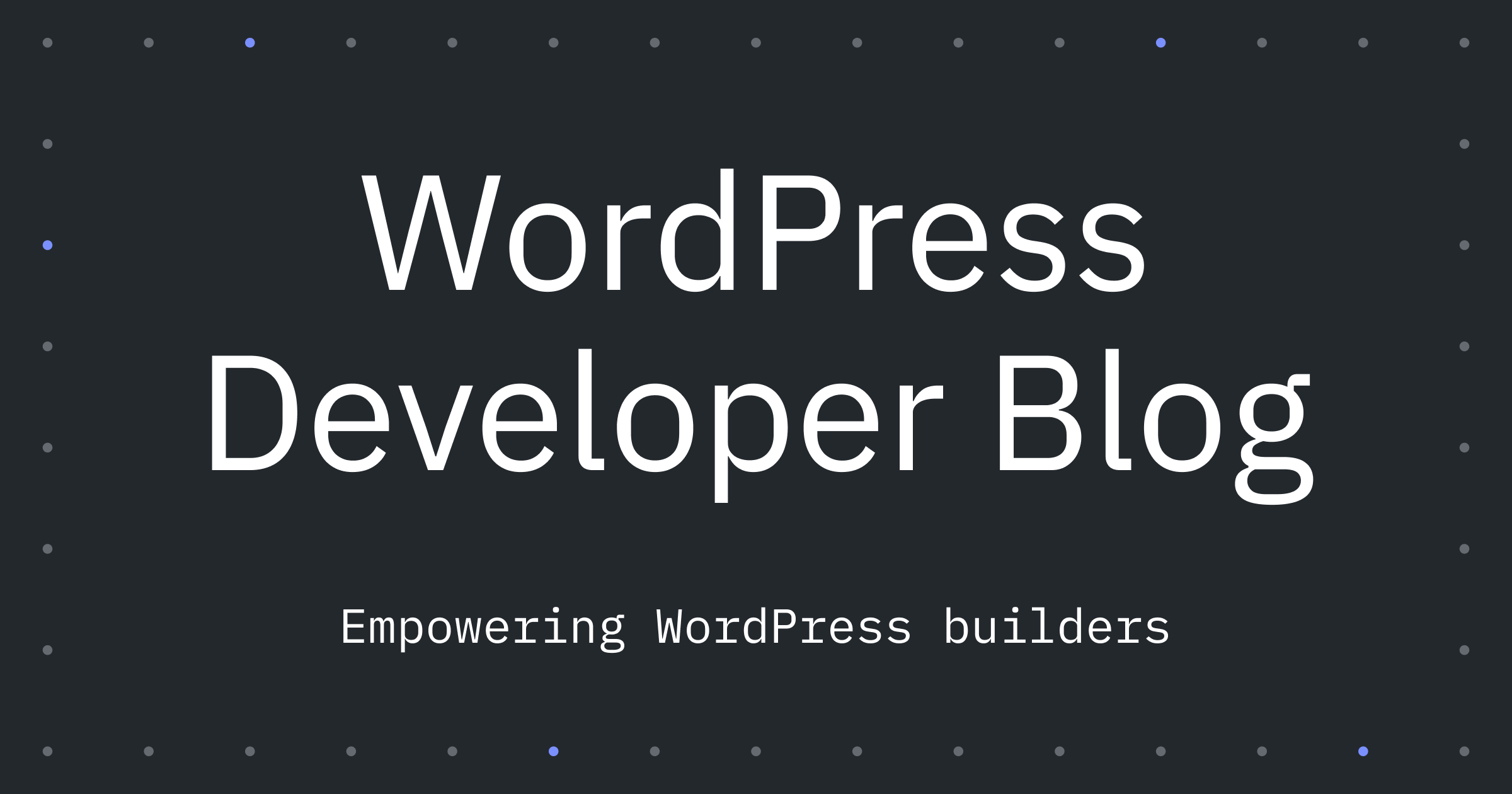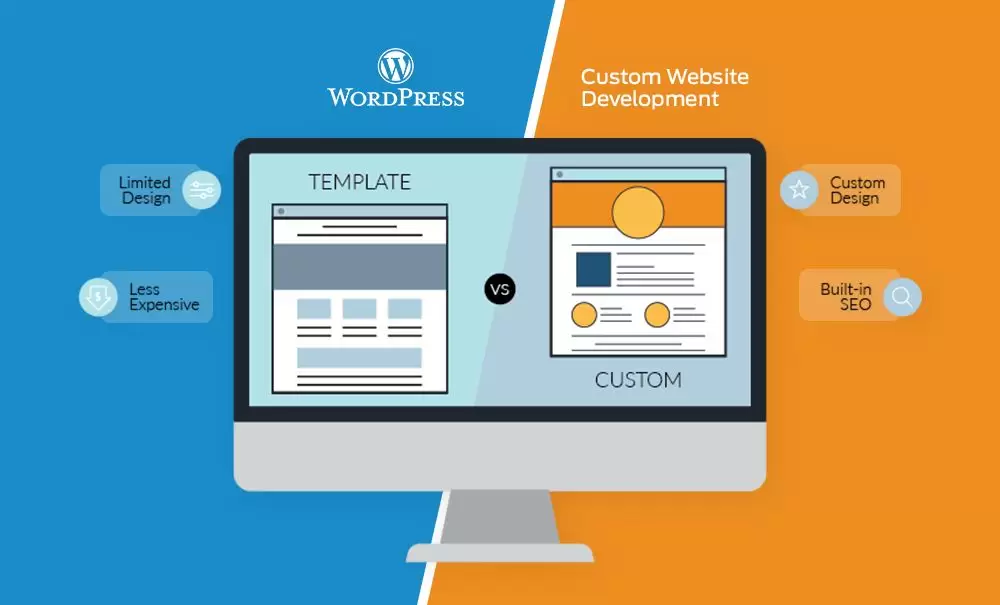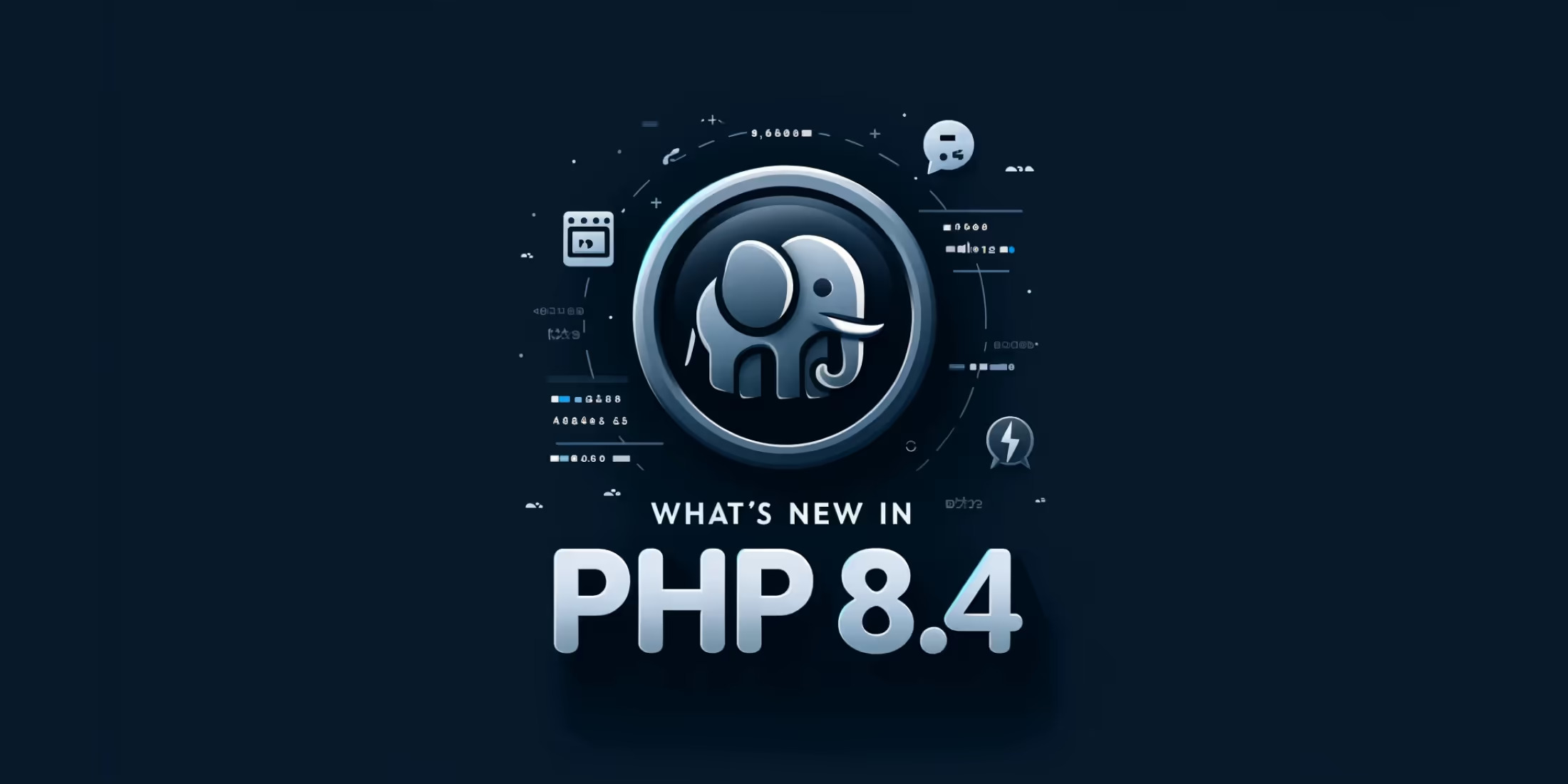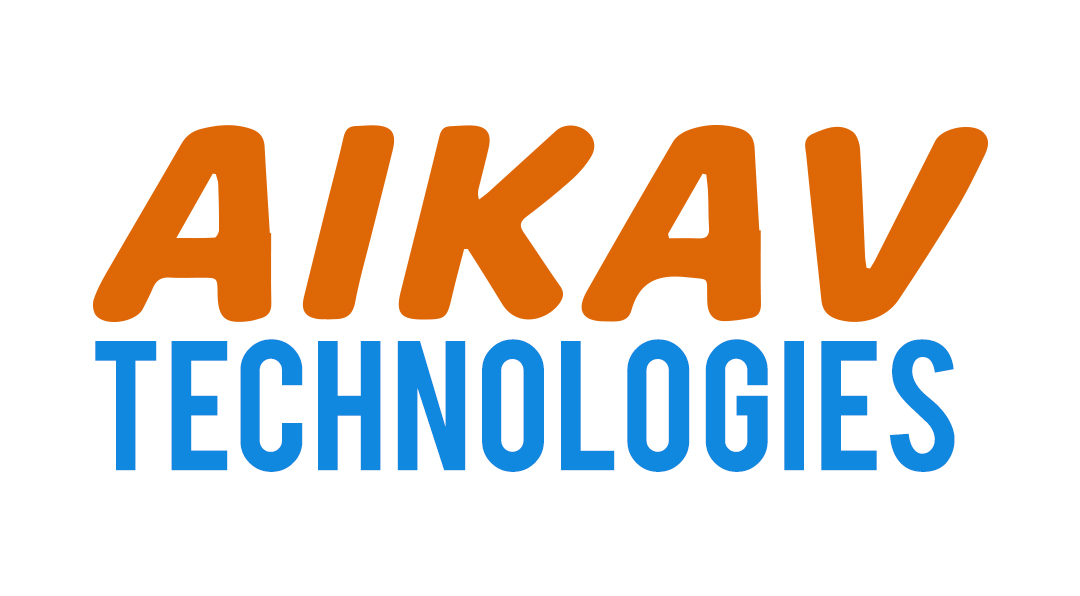
When it comes to content management systems (CMS), there’s no shortage of choices—WordPress, Joomla, Sitecore, Magento, and more. But for developers and IT teams looking for flexibility, scalability, security, and power, Drupal often stands out as the undisputed champion.
From enterprise-grade security to unmatched customization capabilities, here are 13 compelling reasons why Drupal is the best CMS for developers and IT professionals.
1. 🔧 Highly Customizable and Developer-Friendly
Drupal isn’t just a CMS—it’s a powerful framework. It gives developers complete control over how content is structured, how data is displayed, and how user roles are managed. It’s built for flexibility, which makes it ideal for complex web applications that go beyond just content publishing.
2. 🏗️ Modular Architecture
Drupal’s modular architecture lets you extend functionality by simply enabling modules. Thousands of contributed modules allow developers to add new features without reinventing the wheel. Whether it’s SEO, performance optimization, or custom integrations, there’s probably a module for that.
3. 🛡️ Enterprise-Grade Security
Security is baked into Drupal’s core. It has a dedicated security team that monitors vulnerabilities and releases regular security updates. It’s the CMS of choice for governments, financial institutions, and large enterprises because it meets the highest security standards.
4. ⚡ High Performance and Scalability
Drupal is built to handle massive traffic and complex content structures. Whether you’re building a small business site or an enterprise-level application serving millions of users, Drupal can scale with your needs. With caching systems like Varnish, Memcached, and Redis, performance is never a bottleneck.
5. 🧱 Structured Content and Custom Content Types
With Drupal, you can create rich, structured content using custom content types, fields, and taxonomies. This structured approach makes it easier to manage and display complex data relationships and ensures consistency across large-scale content systems.
6. 🌐 Multilingual Capabilities
Drupal has multilingual support built into its core, making it perfect for global organizations. With just a few clicks, you can add languages, translate content, and provide a fully localized experience for international audiences.
7. 🧠 Robust API Support (Headless Ready)
Drupal is API-first, meaning it’s ready to power decoupled or headless applications right out of the box. Whether you're building a React, Angular, Vue, or mobile front-end, Drupal can serve as a robust content backend via REST, JSON:API, or GraphQL.
8. 🔄 Seamless Third-Party Integration
Drupal integrates easily with CRMs (like Salesforce), marketing automation tools (like HubSpot), analytics platforms, ERP systems, and more. Developers can connect Drupal to virtually any system using its powerful API capabilities or contributed modules.
9. 🛠️ DevOps and CI/CD Friendly
For IT teams focused on automation, Drupal fits beautifully into DevOps workflows. With support for configuration management, Composer, Drush, and deployment tools like Git, Jenkins, and GitLab CI, teams can manage versioning, automate testing, and ensure smooth deployments.
10. 👥 Granular User Permissions and Roles
Need a complex permission system? Drupal lets you create and assign roles with very granular access control. Whether you’re building a news portal with hundreds of authors or an internal dashboard with multiple departments, you can fine-tune what each user can see or do.
11. 🔄 Content Reusability and Workflow
Content in Drupal isn’t locked into one place. Thanks to Views, Blocks, Paragraphs, and Entity Reference fields, you can reuse and present content dynamically across multiple pages. Combine that with sophisticated workflow and moderation tools, and you get a highly efficient content pipeline.
12. 🌍 Strong Community and Enterprise Support
Drupal has a massive global community of developers, contributors, and agencies that keep the platform moving forward. Plus, enterprise-grade support is available through Drupal-certified partners and agencies like Acquia and Pantheon.
13. 🧩 Open Source with No Licensing Fees
One of the biggest advantages? Drupal is 100% open-source. There are no licensing fees, which means lower total cost of ownership (TCO) and more budget to spend on innovation and development rather than proprietary software licenses.
🚀 Final Thoughts: Why Drupal Reigns Supreme
For developers and IT teams, choosing the right CMS isn't about picking the most popular one—it's about choosing the right tool for the job. Drupal empowers teams to build ambitious, secure, scalable digital experiences without compromise.
It’s the CMS that developers love for its flexibility and control, and that IT teams trust for its performance and security.
Recent Blogs

WordPress 6.7 is scheduled for release on November 12, just days away. Now is the perfect time…Read more

WordPress is the world’s most popular Content Management System (CMS), powering over 60% of…Read more

"PHP 8.4 Released with New Array Find Functions, Property Hooks, Simplified Class Instantiation…Read more
